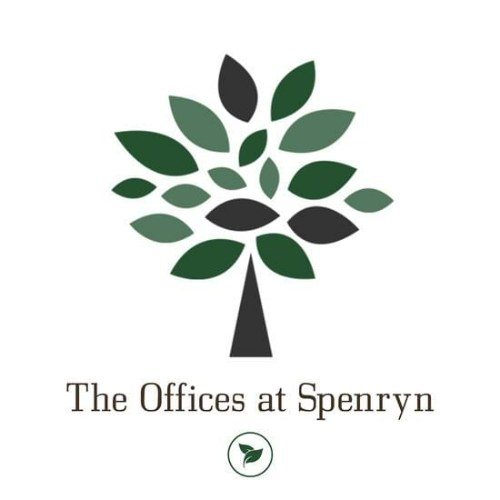Starting a new business is hard work, and its easy to not spend much time considering the company’s brand, outside of a logo and maybe some “branded” materials. Having a coordinating logo, website and materials is important, but so is the overall experience a customer has with your new company. Your brand is more than an icon, its what the customer feels and thinks when interacting with you, your products or services, online presence and employees. Here I’ll breakdown various elements that can go into a company’s branding.
- The story. What is your company’s story and what is it trying to communicate to customers? A big difference between companies today and 30 years ago, is customers want to know the face(s) behind a company, and the internet and social media provide opportunities to share this information. Don’t be afraid to let customers get to know who you are, why you’re in business and what you hope to achieve. Use storytelling to showcase your products and services; this gives customers a way to feel personally connected, ultimately, to your company and brand.
- The Experience. Define what you want customers to feel after a purchase, or a meeting. Do you want them to feel tied to the community, pampered, empowered or motivated? Decide what you can do to encourage customers to feel that emotion; it could be packaging, donations in the form of a percentage of sales or maybe personalized service.
- Art. Once you’ve decided on the story you want to tell and how you want customers to feel, its time to consider the art used to tell that story, mostly a logo. There’re a lot of online logo designers, but to get an image that encompasses everything we’ve already covered, I’d suggest working with a local graphic designer. By working with someone you can talk to, its easier to relay your story and goal of the logo. This image is what people will see all over your business cards, website and other materials, so make sure its an accurate reflection of you and your business.
Along with the logo, are the colors. Different colors emit different emotions, so work with a designer to develop a color pallet that can be used in the store, online and anywhere else the company is represented.
The website. Treat your website as a place where all the above elements come together. This is an avenue to tell the company’s story, make customers feel a certain way and begin the process of logo recognition. This is also where a color pallet comes into play because the colors used here should also be represented in your store, logo and packaging – tying together the artistic elements.
All this may sound like a lot to manage for a new business trying to get off the ground, but truthfully, many business owners have already considered most of these ideas; the problem is they haven’t had time to write it all down and share it with another professional who can help make branding a reality.
If you’re interested in reading more about branding, check out this great article by Linkdex about 10 national brand stories, including Chipotle, Toms and GoPro.
Laura Barnard, MA, APR is owner of Sweet Tea Communications, LLC, a Madison-based public relations and graphic design company with an emphasis in document production and integration, technical writing, strategic communication planning, logo development, collateral materials and website design. Barnard attended Indiana University where she received a bachelor’s in journalism and master’s in public relations.






Leave A Comment
You must be logged in to post a comment.